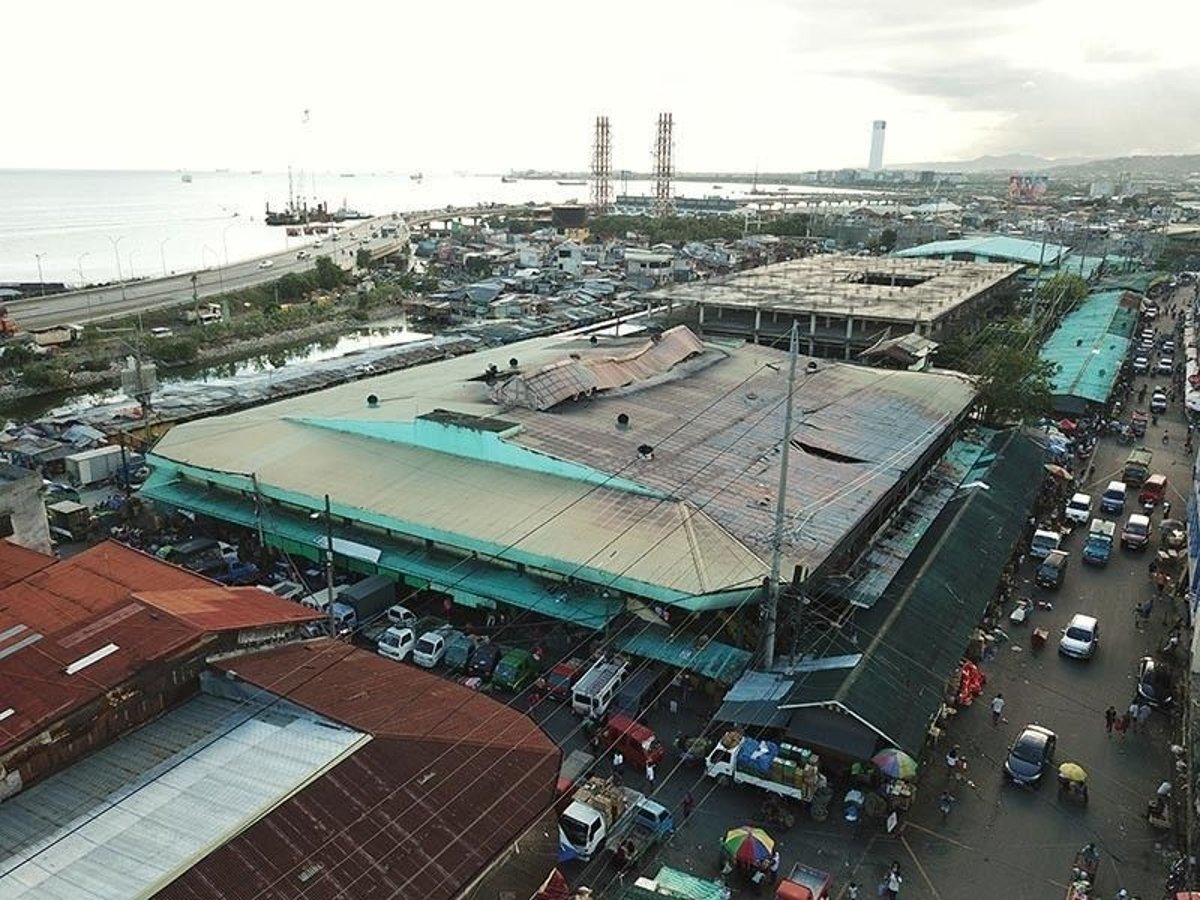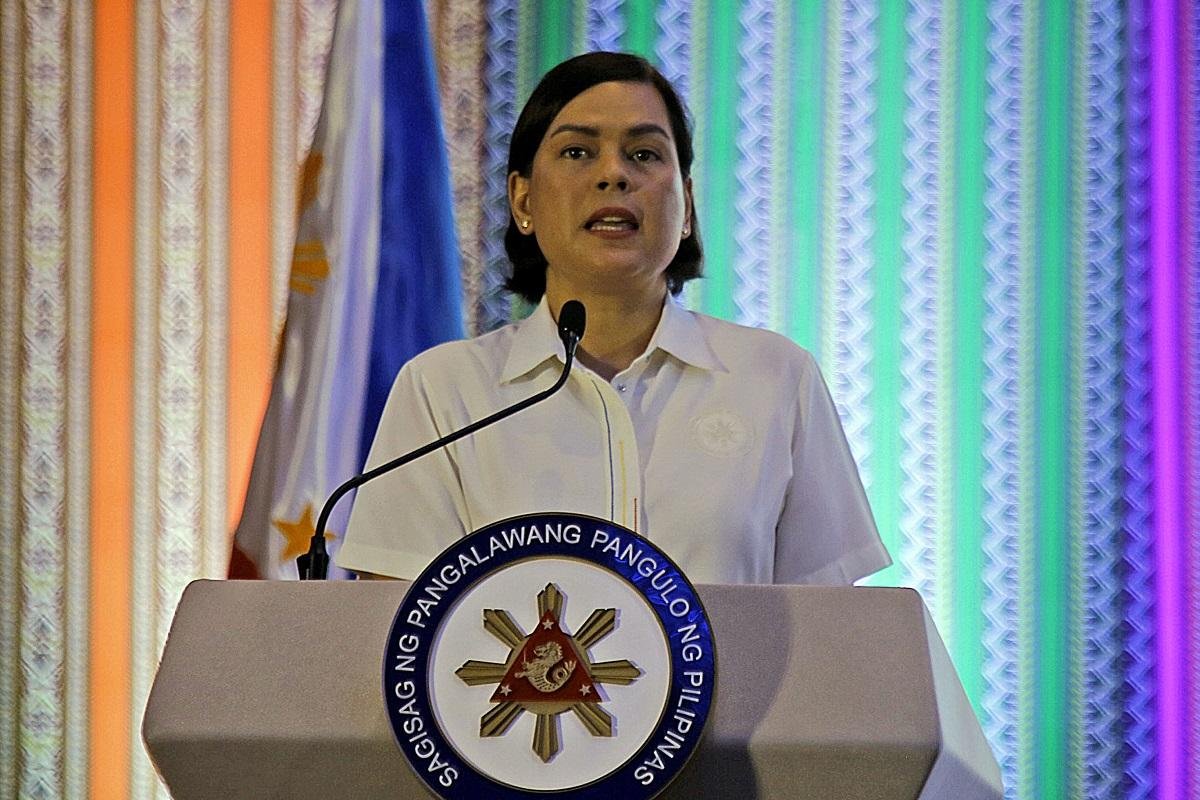By Luisa Maria Jacinta C. Jocson, Reporter
THE Bangko Sentral ng Pilipinas (BSP) can cut its policy rate before the US central bank despite a volatile peso, Governor Eli M. Remolona, Jr. said on Tuesday.
“It’s possible that the Fed can cut in July,” he told reporters in mixed English and Filipino. “There are analyses that say July… We may go first, but it depends on whether their inflation is stubborn. They may not cut.”
The BSP chief earlier said the earliest the central bank could cut the rate is by August.

The Monetary Board last month kept its key rate steady at a 17-year high of 6.5%. The central bank raised borrowing costs by 450 basis points (bps) from May 2022 to October 2023 to tame inflation.
Mr. Remolona said the peso is depreciating not because it is weak but more because the dollar is strong.
“The story is not about the weak peso,” he said. “The real story is about a strong dollar. Anytime there’s tension, anytime there’s uncertainty, money goes into the US dollar and the dollar gets stronger against other currencies.”
The peso closed three centavos weaker against the dollar at P58.71 on Tuesday, according to Bankers Association of the Philippines data posted on its website. On May 21, it sank to the P58-a-dollar level for the first time since November 2022.
The dollar is also strengthening due to hawkish signals from the US Federal Reserve, the BSP chief said.
“The Fed has been saying that policy rates in the US will be high for longer. But the longer part keeps shifting, so that creates some uncertainty,” he added.
The BSP does not target a specific level for the peso, Mr. Remolona said.
“We don’t worry too much about the level itself,” he said. “We worry more about how it gets to where it’s going. We try to guide the market by occasionally expressing our own view on where it should go.”
The Development Budget Coordination Committee (DBCC) expects the peso to range from P55-P57 a dollar this year.
The central bank has not been intervening in the foreign exchange market daily, but it does so from time to time to “express our own view about where the peso should be going.”
“We don’t intervene every day,” Mr. Remolona said. “We intervene when we have to. And when we say we have to, it’s when the currency is under stress. Under stress means we find some dysfunction in the market.”
“Sometimes, the peso goes sharply in the wrong direction, and then we might intervene,” he added.
Diwa C. Guinigundo, country analyst at GlobalSource Partners, said comments made by central bank officials are affecting the peso’s performance.
“Market observers and traders attribute the recent weakness of the Philippine peso precisely to this less hawkish statement on monetary policy outside the formal press statement of the Monetary Board, which was unequivocally hawkish,” he said in a note.
“Immediately, the peso reacted by dropping to P58.27. It was not to be some temporary weakness, but it is now ushering in a depreciating trend beyond P58 a dollar,” added Mr. Guinigundo, who is a former central bank deputy governor.
He said the peso’s persistent weakness could add to inflationary pressures.
‘TOO AGGRESSIVE’
“If the weakness of the peso extends a year with such magnitude, and with an exchange rate passthrough of 0.08 percentage point (ppt) for every peso depreciation, we are looking at an additional inflation of 0.24 ppt,” he said.
“This means the market may even be more adaptive to the central bank’s forward guidance rather than to the actual stance of monetary policy as defined by its policy rate,” he added.
Mr. Remolona said cutting rates by as much as 150 bps in the next two years might be too aggressive and would require a “hard landing” scenario.
“Given the present trajectory (of economic growth), it could be too aggressive,” he said.
He said the BSP might cut the key rate by 50 bps this year and by another 100 bps next year, but there must be “a risk of a hard landing” for this to happen.
“In taming inflation, we don’t want unnecessary loss of output,” he said. “Although you sometimes can’t avoid a bit of loss of output because our calculations are not always precise. But if the loss of output will be significant, we will have to react to that.”
Finance Secretary Ralph G. Recto earlier said the Monetary Board could reduce the policy rate by as much as 150 bps in the next two years.
The Philippine economy grew by 5.7% in the first quarter, below the government’s 6-7% goal this year.
Meanwhile, Mr. Remolona said the central bank is conducting a “post-mortem” exam after its probe of so-called ghost employees. “We’re doing a post-mortem on this. What else can we do to prevent this in the future?”
The central bank is conducting disciplinary proceedings on six employees under certain Monetary Board members. Four of these were “ghost” employees, while the other two were identified as supervisors.
The investigation was triggered in October after the Office of the General Counsel received reports about the workers.
“I was flabbergasted,” Mr. Remolona said. “I didn’t think this kind of thing would happen at BSP. We really need a good reputation and enough credibility just to make monetary policy work.”
The Monetary Board is the policy-making body of the central bank headed by the governor. Its members are Mr. Recto, Benjamin E. Diokno, V. Bruce J. Tolentino, Anita Linda R. Aquino, Romeo L. Bernardo and Rosalia V. de Leon.










